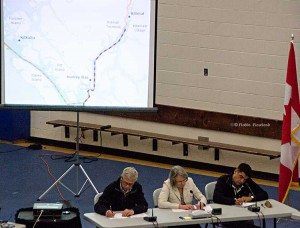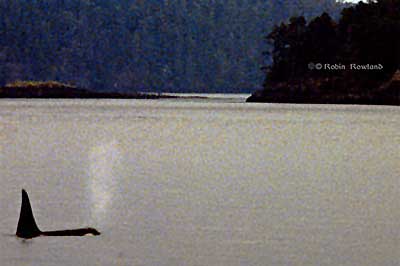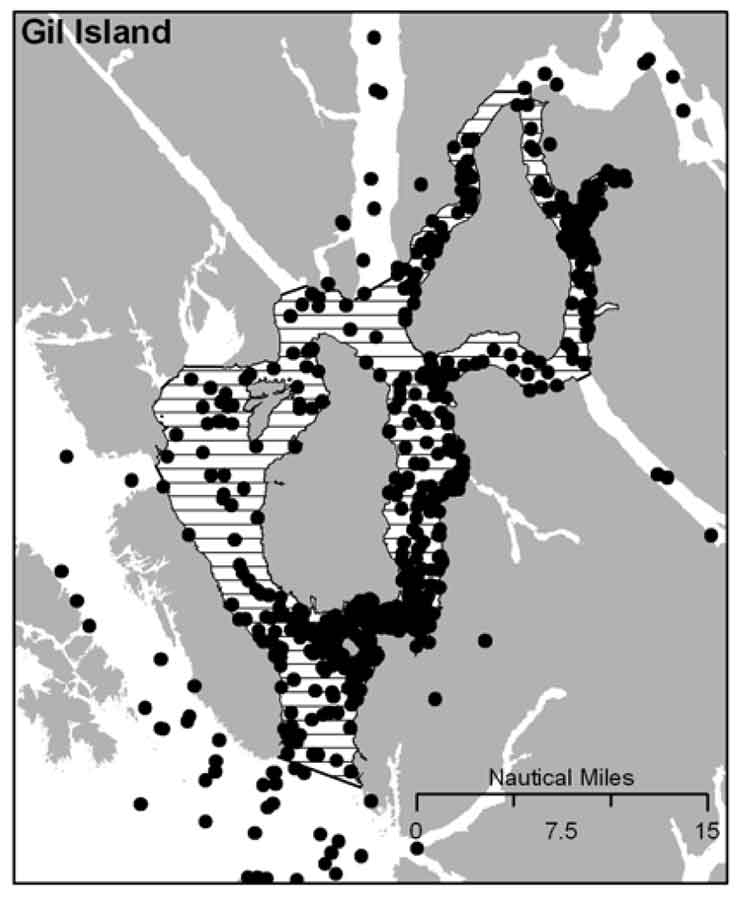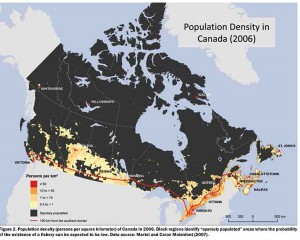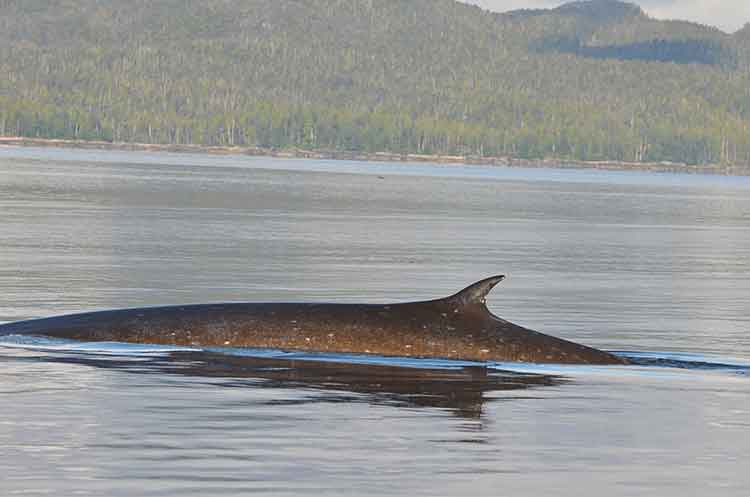Oil spills kill fish. That’s well known. Now scientists say they have found out why oil spills kill adult fish. The chemicals in the oil often trigger an irregular heartbeat and cardiac arrest.
A joint study by Stanford University and the US National Atmospheric and Oceanic Administration have discovered that crude oil interferes with fish heart cells. The toxic consequence is a slowed heart rate, reduced cardiac contractility and irregular heartbeats that can lead to cardiac arrest and sudden cardiac death.
The study was published Feb. 14, 2014 in the prestigious international journal Science and unveiled at the convention of the American Association for the Advancement of Science in Chicago.
The study is part of the ongoing Natural Resource Damage Assessment of the April 2010 Deepwater Horizon oil spill in the Gulf of Mexico.
Scientists have known for some time that crude oil is known to be “cardiotoxic” to developing fish. Until now, the mechanisms underlying the harmful effects were unclear.
Exxon Valdez
Studies going back to the Exxon Valdez oil spill in Alaska in 1989 have shown that exposure to crude oil-derived chemicals disrupt cardiac function and impairs development in larval fishes. The studies have described a syndrome of embryonic heart failure, bradycardia (slow heart beat), arrhythmias (irregular heartbeats) and edema in exposed fish embryos.
After the Gulf of Mexico spill, studies began on young fish in the aftermath of the Deepwater Horizon spill. The two science teams wanted to find out how oil specifically impacts heart cells.
Crude oil is a complex mixture of chemicals, some of which are known to be toxic to marine animals.
Past research focused on “polycyclic aromatic hydrocarbons” (PAHs), which can also be found in coal tar, creosote, air pollution and stormwater runoff from land. In the aftermath of an oil spill, the studies show PAHs can persist for many years in marine habitats and cause a variety of adverse environmental effects.
The scientists found that oil interferes with cardiac cell excitability, contraction and relaxation – vital processes for normal beat-to-beat contraction and pacing of the heart.
Low concentrations of crude
The study shows that very low concentrations of crude oil disrupt the specialized ion channel pores – where molecules flow in and out of the heart cells – that control heart rate and contraction in the cardiac muscle cell. This cyclical signalling pathway in cells throughout the heart is what propels blood out of the pump on every beat. The protein components of the signalling pathway are highly conserved in the hearts of most animals, including humans.
The researchers found that oil blocks the potassium channels distributed in heart cell membranes, increasing the time to restart the heart on every beat. This prolongs the normal cardiac action potential, and ultimately slows the heartbeat. The potassium ion channel impacted in the tuna is responsible for restarting the heart muscle cell contraction cycle after every beat, and is highly conserved throughout vertebrates, raising the possibility that animals as diverse as tuna, turtles and dolphins might be affected similarly by crude oil exposure. Oil also resulted in arrhythmias in some ventricular cells.
“The ability of a heart cell to beat depends on its capacity to move essential ions like potassium and calcium into and out of the cells quickly.” said Barbara Block, a professor of marine sciences at Stanford. She said, “We have discovered that crude oil interferes with this vital signalling process essential for our heart cells to function properly.”
Nat Scholz, leader of the Ecotoxicology Program at NOAA’s Northwest Fisheries Science Center in Seattle said.”We’ve known from NOAA research over the past two decades that crude oil is toxic to the developing hearts of fish embryos and larvae, but haven’t understood precisely why.”
Long term problems in fish hearts
He added: “These new findings more clearly define petroleum-derived chemical threats to fish and other species in coastal and ocean habitats, with implications that extend beyond oil spills to other sources of pollution such as land-based urban stormwater runoff.”
The new study also calls attention to a previously under appreciated risk to wildlife and humans, particularly from exposure to cardioactive PAHs that can also exist when there are high levels of air pollution.
“When we see these kinds of acute effects at the cardiac cell level,” Block said, “it is not surprising that chronic exposure to oil from spills such as the Deepwater Horizon can lead to long-term problems in fish hearts.”
The study used captive populations of bluefin and yellowfin tuna at the Tuna Research and Conservation Center, a collaborative facility operated by Stanford and the Monterey Bay Aquarium. That meant the research team was able to directly observe the effects of crude oil samples collected from the Gulf of Mexico on living fish heart cells.
“The protein ion channels we observe in the tuna heart cells are similar to what we would find in any vertebrate heart and provide evidence as to how petroleum products may be negatively impacting cardiac function in a wide variety of animals,” she said. “This raises the possibility that exposure to environmental PAHs in many animals – including humans – could lead to cardiac arrhythmias and bradycardia, or slowing of the heart.”
Tuna spawning
The Deepwater Horizon disaster released over 4 million barrels of crude oil during the peak spawning time for the Atlantic bluefin tuna in the spring of 2010. Electronic tagging and fisheries catch data indicate that Atlantic bluefin spawn in the area where the Deepwater Horizon drilling rig collapsed, raising the possibility that eggs and larvae, which float near the surface waters, were exposed to oil.

The spill occurred in the major spawning ground of the western Atlantic population of bluefin tuna in the Gulf of Mexico. The most recent stock assessment, conducted in 2012, estimated the spawning population of the bluefin tuna to be at only 36 percent of the 1970 baseline population. Additionally, many other pelagic fishes were also likely to have spawned in oiled habitats, including yellowfin tuna, blue marlin and swordfish.
Block and her team bathed isolated cardiac cells from the tuna in low dose crude oil concentrations similar to what fish in early life stages may have encountered in the surface waters where they were spawned after the April 2010 oil spill in the Gulf of Mexico.
They measured the heart cells’ response to record how ions flowed into and out of the heart cells to identify the specific proteins in the excitation-contraction pathway that were affected by crude oil chemical components.
Fabien Brette, a research associate in Block’s lab and lead author on the study said the scientists looked at the function of healthy heart cells in a laboratory dish and then used a microscope to measure how the cells responded when crude oil was introduced.
“The normal sequence and synchronous contraction of the heart requires rapid activation in a coordinated way of the heart cells,” Block said. “Like detectives, we dissected this process using laboratory physiological techniques to ask where oil was impacting this vital mechanism.”
Related: Oil spill caused “unexpected lethal impact” on herring, study shows


